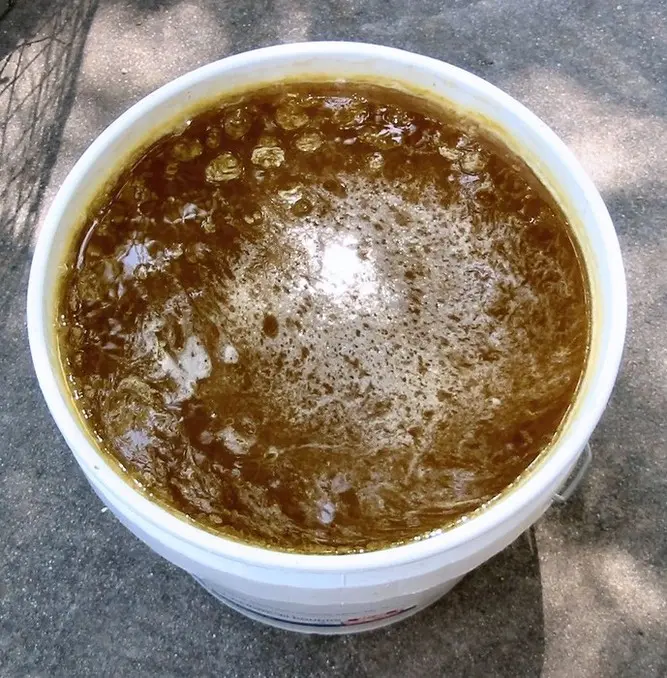Sweet Harvest Secrets from the Bee Garden

-Magnificent!-
Hey Honey Bees! 🌸🐝 Let’s dive into the enchanting world of harvesting honey from top bar hives! Not only does it produce the purest honey and the most exquisite beeswax, but guess what? No fancy extracting equipment required. Let’s spill the sweet secrets!
To start your honey harvest adventure, choose combs that are free from brood and pollen in the honey storage area:
- Gently brush the bees off the comb.
- Cut the comb off the top bar into a covered bucket.
- Pop those top bars back into the hive.
- Take your golden treasures home for processing.
Now, let’s explore the magic of processing harvested comb:
- Use it as is.
- Strain it for liquid honey.
- Prepare it as traditional cut comb honey.
- Pack it as chunk honey.
And oh, the beeswax! It’s like the golden cherry on top. Only a few buckets are needed – no fuss with supers, boards, or extra gear.
Ready to uncover my sweet secrets? Here we go!
Harvesting Comb
When it’s time, harvest comb from the honey storage area behind the broodnest. Carefully choose brood and pollen-free combs, cutting out small patches if needed.
Brushing the Bees
Delicately brush off those busy bees. Trust me, it’s an art. A yellow plastic bristle bee brush is your best companion. Wear your veil, have a smoker ready, and keep a clean bucket of water to avoid stickiness. Happy bees, happy harvest!
Cutting the Comb
Carefully cut out any unwanted areas from the comb. Divide it into portions suitable for comb honey and strained honey. Keep things tidy, and you’re good to go.
Returning Top Bars
Don’t forget to return those top bars to the hive. Let the honey-making continue!
At the season’s end, rearrange the hive for a natural broodnest structure and place empty top bars at the far end.
Processing the Comb
Use As Is
Simple, right? Use the honey comb straight from the bucket. If wax moths are around, freeze the buckets for a week.
Strained Honey

-Strained honey with foam.-
Straining honey is a breeze. And a bit messy. A small foam layer rises, which you can skim off for cooking. For a clean operation, use a honey gate, tip the bucket, and bottle it up with style.
Cut Comb Honey
The creme de la creme! The best comb goes into traditional cut comb honey. No need for fancy tools – use plastic food containers, a serrated knife, and freeze for a treat that lasts forever.
Fancy Honey
I usually keep it simple – a bucket of as-is honey, some combs as cut comb honey, and the rest as strained honey. But there are endless possibilities: creamed honey, flavored with fruit or nuts, or even fermented into mead!
Chunk Honey
A personal favorite is chunk honey – a delightful combination of cut comb and strained honey in a single jar. Elegant and tasty! Use smaller jars to avoid granulation, and pour honey down the side for a perfect presentation.
Beeswax
Comb Remnants
After straining honey, beeswax comb pieces remain. Feed them back to the bees or render them for a special treat.
Rendering
Melting beeswax can be messy and a tad risky. Steam and solar melters are safer options. Keep the temperature in check, use dedicated equipment, and avoid kitchen disasters!
Solar Melter
Consider a solar melter for those constant wax scraps. It keeps the mess outside, requires minimal attention, and efficiently extracts wax from darker combs.
Filtering Beeswax
Filtered beeswax is a must for candles. Use a grease filter from a restaurant supply store for clean and beautiful wax.
There you have it – the sweet journey from hive to honey jar and wax delight. Enjoy the buzz, my fellow bee enthusiasts!
-Bee-utifully Yours, D 🐝🤠
